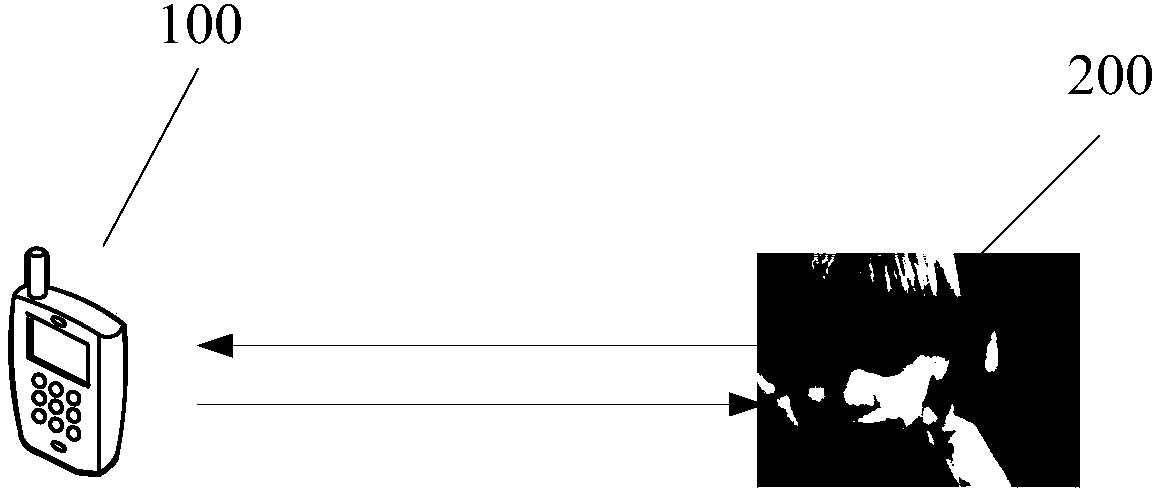Electronic device and acoustic wave range finding method thereof
A technology of electronic equipment and sound wave ranging, which is applied in the direction of radio wave measurement system, sound wave re-radiation, measuring device, etc., can solve problems such as inability to measure and affect user experience, and achieve the effect of improving user experience
- Summary
- Abstract
- Description
- Claims
- Application Information
AI Technical Summary
Problems solved by technology
Method used
Image
Examples
Embodiment Construction
[0069] The following will clearly and completely describe the technical solutions in the embodiments of the application with reference to the drawings in the embodiments of the application. Apparently, the described embodiments are only some of the embodiments of the application, not all of them. Based on the embodiments in this application, all other embodiments obtained by persons of ordinary skill in the art without making creative efforts belong to the scope of protection of this application.
[0070] In the following description, many specific details are set forth in order to fully understand the present application, but the present application can also be implemented in other ways different from those described here, and those skilled in the art can do without departing from the content of the present application. By analogy, the present application is therefore not limited by the specific embodiments disclosed below.
[0071] Embodiments of the present application prov...
PUM
 Login to View More
Login to View More Abstract
Description
Claims
Application Information
 Login to View More
Login to View More - R&D
- Intellectual Property
- Life Sciences
- Materials
- Tech Scout
- Unparalleled Data Quality
- Higher Quality Content
- 60% Fewer Hallucinations
Browse by: Latest US Patents, China's latest patents, Technical Efficacy Thesaurus, Application Domain, Technology Topic, Popular Technical Reports.
© 2025 PatSnap. All rights reserved.Legal|Privacy policy|Modern Slavery Act Transparency Statement|Sitemap|About US| Contact US: help@patsnap.com



